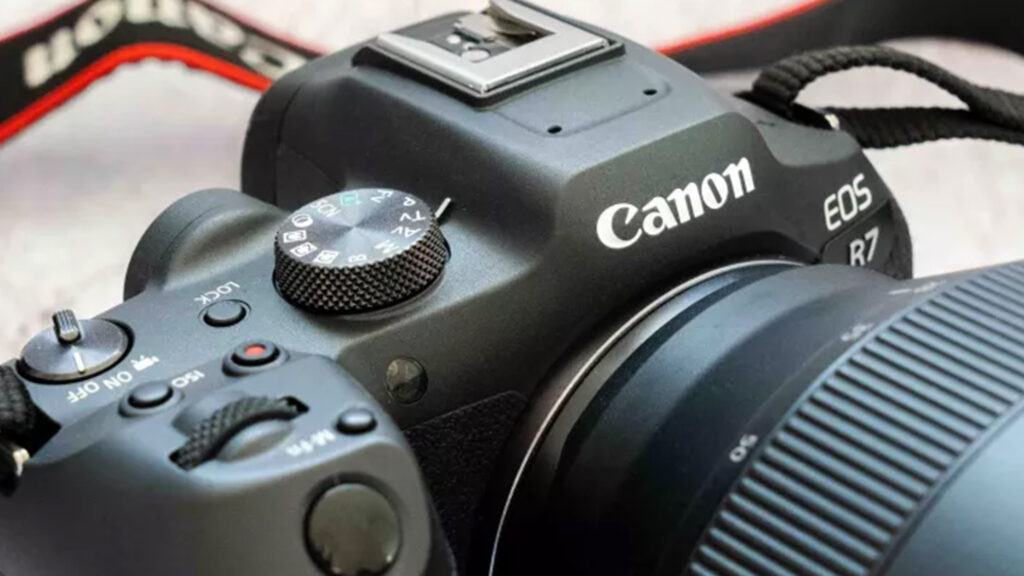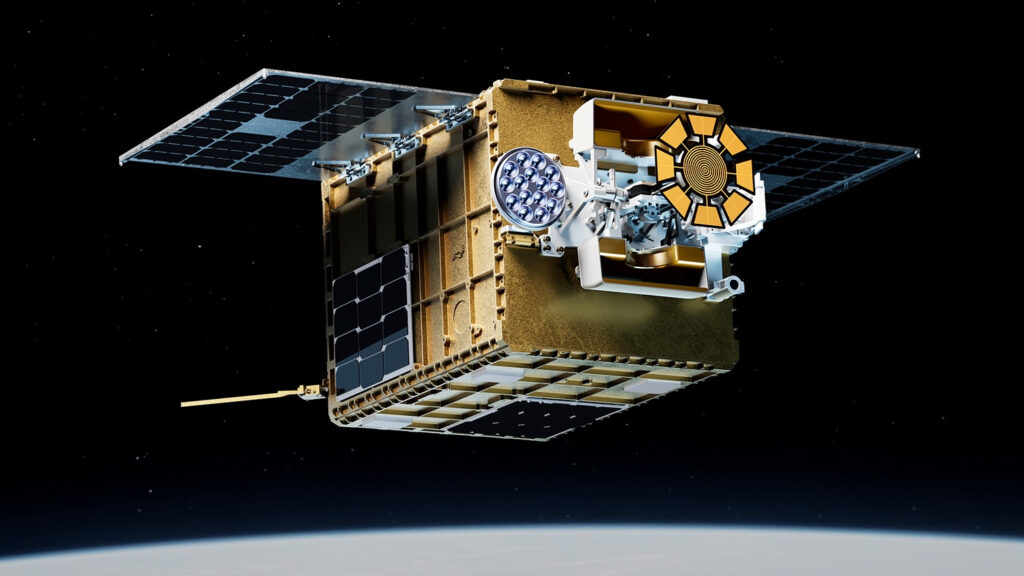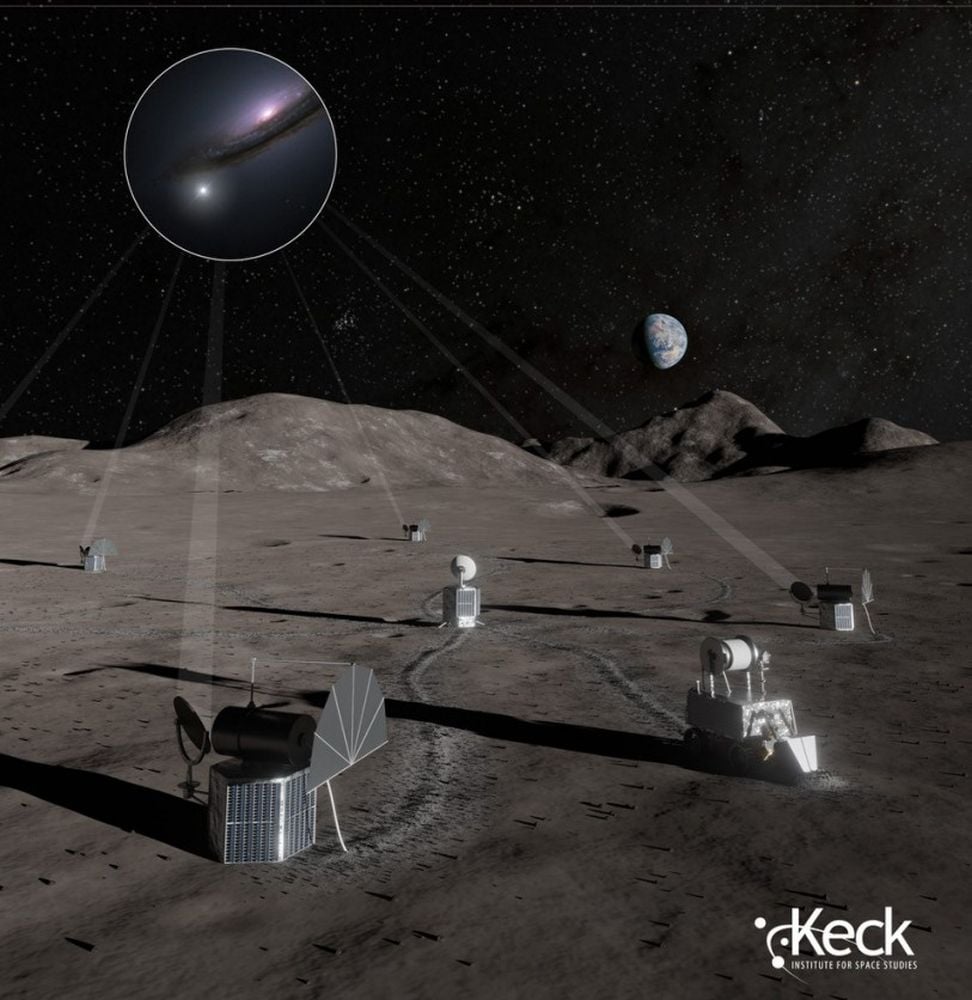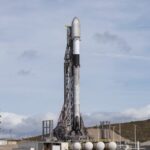Now Reading: These 5 Venus missions could launch in the next decade to study Earth’s ‘evil twin’
-
01
These 5 Venus missions could launch in the next decade to study Earth’s ‘evil twin’
These 5 Venus missions could launch in the next decade to study Earth’s ‘evil twin’
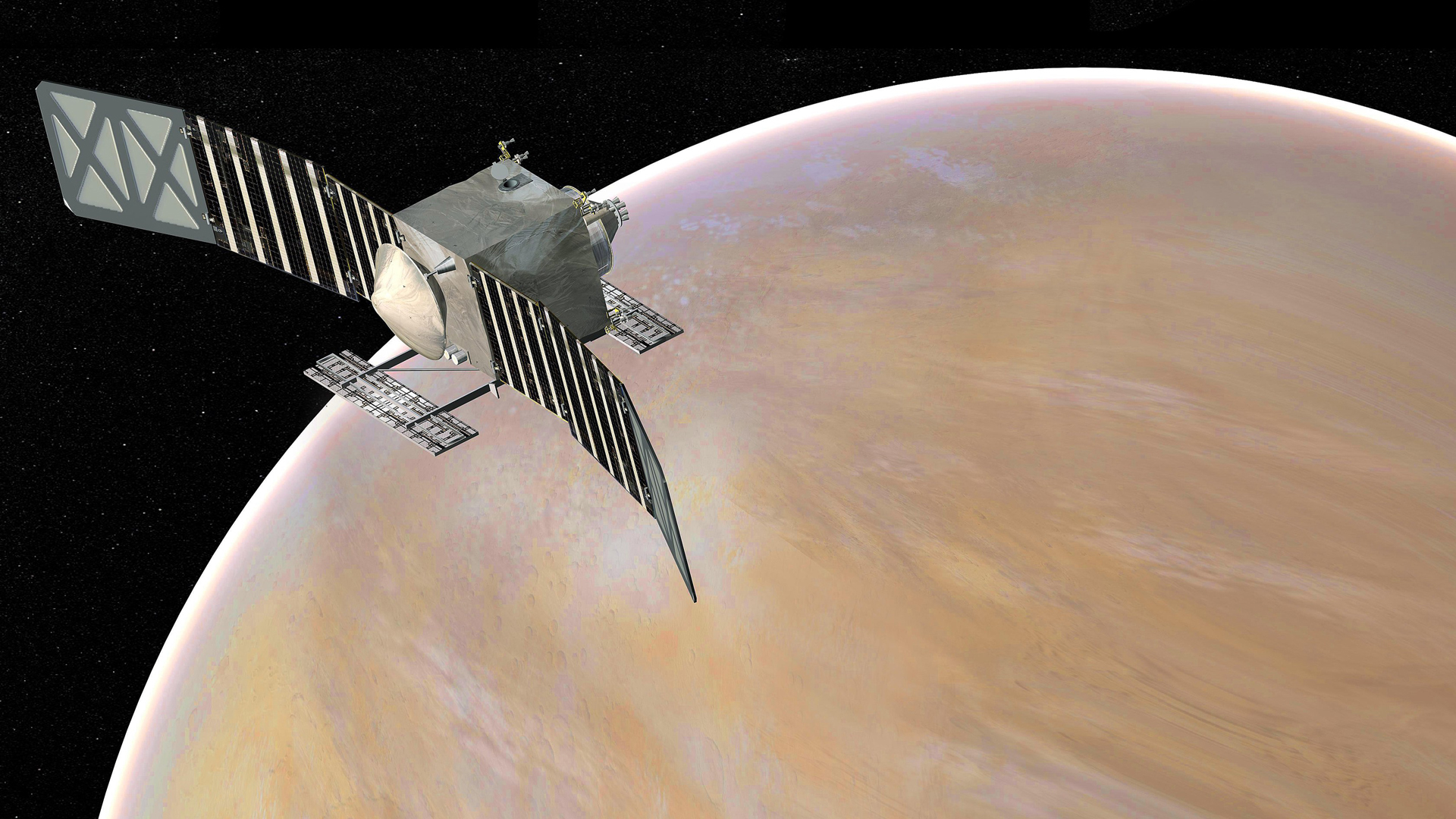
Venus just lost its last active spacecraft, but more might be coming in a few years.
The Japanese Aerospace Exploration Agency’s Akatsuki mission orbiting Venus was declared dead last week after engineers spent more than a year trying to get in touch with the silent spacecraft. Akatsuki spent a decade orbiting the planet and was well beyond its design lifetime when its mission ended, giving unprecedented looks at the hellish atmosphere of Venus.
Here is a list of proposed missions to Venus.
NASA’s DAVINCI (Deep Atmosphere Venus Investigation of Noble gases, Chemistry, and Imaging)
The $500 million DAVINCI mission is slated to launch in the early 2030s as a combination orbiter and descent probe. The orbiter will look at the clouds of Venus, as well as the planet’s mountains, during two flybys. The 3-foot-wide (1 meter) descent probe will fall to the surface of Venus and catalog its punishingly thick atmosphere and sulfuric acid-laden clouds along the way, as well as take some images of Venus’ surface terrain.
NASA says the spacecraft together will achieve several firsts, including looking for traces of any ancient water cycle on Venus. The mission will focus on Alpha Regio, a “tessera” highland region that has only been imaged through orbital radar instruments. These types of terrain may be billions of years old, making the region one of the oldest surfaces on Venus.
DAVINCI will also be the first mission to chart the chemical composition of the lower atmosphere of Venus, between 17 miles (27.5 kilometers) and the surface, which will allow scientists to learn more about how gases and chemical compounds work on the surface — and perhaps even the subsurface — of Venus. But that’s assuming the spacecraft goes forward, as it is on the list of canceled missions in the Trump administration’s 2026 NASA budget.
NASA’s VERITAS (Venus Emissivity, Radio Science, InSAR, Topography and Spectroscopy)
VERITAS will launch no earlier than 2031 to learn more about how Venus and Earth, which are roughly the same size, diverged so greatly in their planetary histories. Aims of the science include learning how the oceans and magnetic field of Venus disappeared, and how plate tectonics changed the terrain. Like DAVINCI, however, VERITAS will be canceled if Trump’s 2026 NASA budget is enacted.
VERITAS, a half-billion-dollar mission, is based on the design of NASA’s MAVEN (Mars Atmosphere and Volatile Evolution) spacecraft that has been orbiting Mars since 2014. The spacecraft is supposed to orbit around the poles of Venus to allow for views of the entire planet below. Initially the orbit will be 120 hours and highly elliptical, but managers plan a second burn of the engines that will allow VERITAS to circle the planet in only 10 hours.
VERITAS will then use a technique called “aerobraking,” using the drag of the upper atmosphere of Venus to lower its orbit by reducing the speed of the spacecraft. This is a lengthy procedure, expected to last several months, but will allow the spacecraft to carry less fuel to Venus and prioritize that mass instead for instrumentation. Once that is finished, VERITAS will be able to go around the planet in 1.6 hours, for a mission expected to last for 2.5 Earth years.

European Space Agency’s Envision
Envision is slated to lift off no earlier than November 2031 aboard an Arianespace Ariane 6 rocket. Led by the European Space Agency (ESA), the mission will include a synthetic aperture radar from NASA as well as support from the American agency’s Deep Space Network, which is a group of three large radio dishes that communicate with spacecraft across the solar system. NASA’s contribution, however, is under threat following proposed cuts to its fiscal 2026 budget, ESA officials confirmed to Nature earlier this year.
The €610 million ($705 million) mission will cruise to Venus for 15 months, then aerobrake in the atmosphere for 11 months before reaching its science orbit, which will circle the planet in roughly 90 minutes. ESA says the mission will focus on the origins of habitability in the solar system, as Venus may have had a climate similar to that of Earth for billions of years before something triggered its oven-like conditions at the surface. The mission aims to spend four Earth years examining Venus from its subsurface to its upper atmosphere, including learning more about the planet’s history while charting its current climate and activity.
The spacecraft will be an orbiter with several instruments: an S-band radar/microwave radiometer and altimeter that will map the surface of the planet; three optical spectrometers aiming to examine trace gases (including volcanic gases) as well as the composition of the surface; a subsurface radar sounder to examine the subsurface as far as 0.6 miles (1 km) below the surface; and a radio science experiment to look at Venus’ gravity field, as well as atmospheric composition and structure.
Rocket Lab’s Venus Life Finder
Billed as the first private mission to explore Venus, Rocket Lab is partnering with the Massachusetts Institute of Technology (MIT) to launch a small spacecraft to Venus in search of the building blocks of life, organic compounds, in the cloud layers of Venus. The Venus Life Finder mission is expected to use Rocket Lab’s Electron rocket and Photon spacecraft, which will orbit the planet roughly 30 miles (48 km) above the surface. It was originally slated to fly in early 2025, but after a delay the spacecraft may lift off in summer 2026.
The mission (pegged at just $10 million in media reports) includes a probe that is expected to fall into the atmosphere of Venus, taking data primarily at altitudes between 37 and 28 miles (60 to 45 kilometers). This region was chosen because there have been suggestions of phosphine there, and temperatures and pressures in this altitude range are similar to those on Earth.
During a science collection phase lasting only between three and five minutes, according to the Planetary Society, the mission’s laser science instrument (an autofluorescence nephelometer) will strike cloud molecules in the atmosphere. The instrument will then examine the scattered light for more information about the size, shape and concentration of the molecules. If the molecules are organic, they may glow or autofluoresce.
Indian Space Research Organisation’s Venus Orbiter Mission
India plans to send its first mission to Venus no earlier than 2028, following several missions looking to compare planets in the solar system: three Chandrayaan space missions to the moon (2008, 2019 and 2023) and the Mars Orbiter Mission to the Red Planet in 2014. The Venus Orbiter Mission, nicknamed Shukrayaan, costs $147 million (12.36 billion rupees) and has been delayed from a launch in 2023.
In background information about the mission, the Indian Space Research Organisation says that Venus is particularly interesting because of its thick carbon dioxide atmosphere, high-pressure surface and active ionosphere (upper atmosphere) that’s influenced by the solar wind, or constant stream of particles from the sun.
The Venus Orbiter Mission is supposed to orbit the planet to study its surface, atmosphere, and solar interactions, and will also test aerobraking in the atmosphere. Some of the science objectives of its 16 payloads include high-resolution mapping of the surface, looking at dust and “airglow” in the atmosphere, examining below the surface and looking at the X-ray spectrum of solar rays near the planet.
Stay Informed With the Latest & Most Important News
Previous Post
Next Post
-
 012024 in Review: Highlights from NASA in Silicon Valley
012024 in Review: Highlights from NASA in Silicon Valley -
 02Panasonic Leica Summilux DG 15mm f/1.7 ASPH review
02Panasonic Leica Summilux DG 15mm f/1.7 ASPH review -
 03From Polymerization-Enabled Folding and Assembly to Chemical Evolution: Key Processes for Emergence of Functional Polymers in the Origin of Life
03From Polymerization-Enabled Folding and Assembly to Chemical Evolution: Key Processes for Emergence of Functional Polymers in the Origin of Life -
 04How New NASA, India Earth Satellite NISAR Will See Earth
04How New NASA, India Earth Satellite NISAR Will See Earth -
 05And Thus Begins A New Year For Life On Earth
05And Thus Begins A New Year For Life On Earth -
 06Astronomy Activation Ambassadors: A New Era
06Astronomy Activation Ambassadors: A New Era -
07SpaceX launch surge helps set new global launch record in 2024













